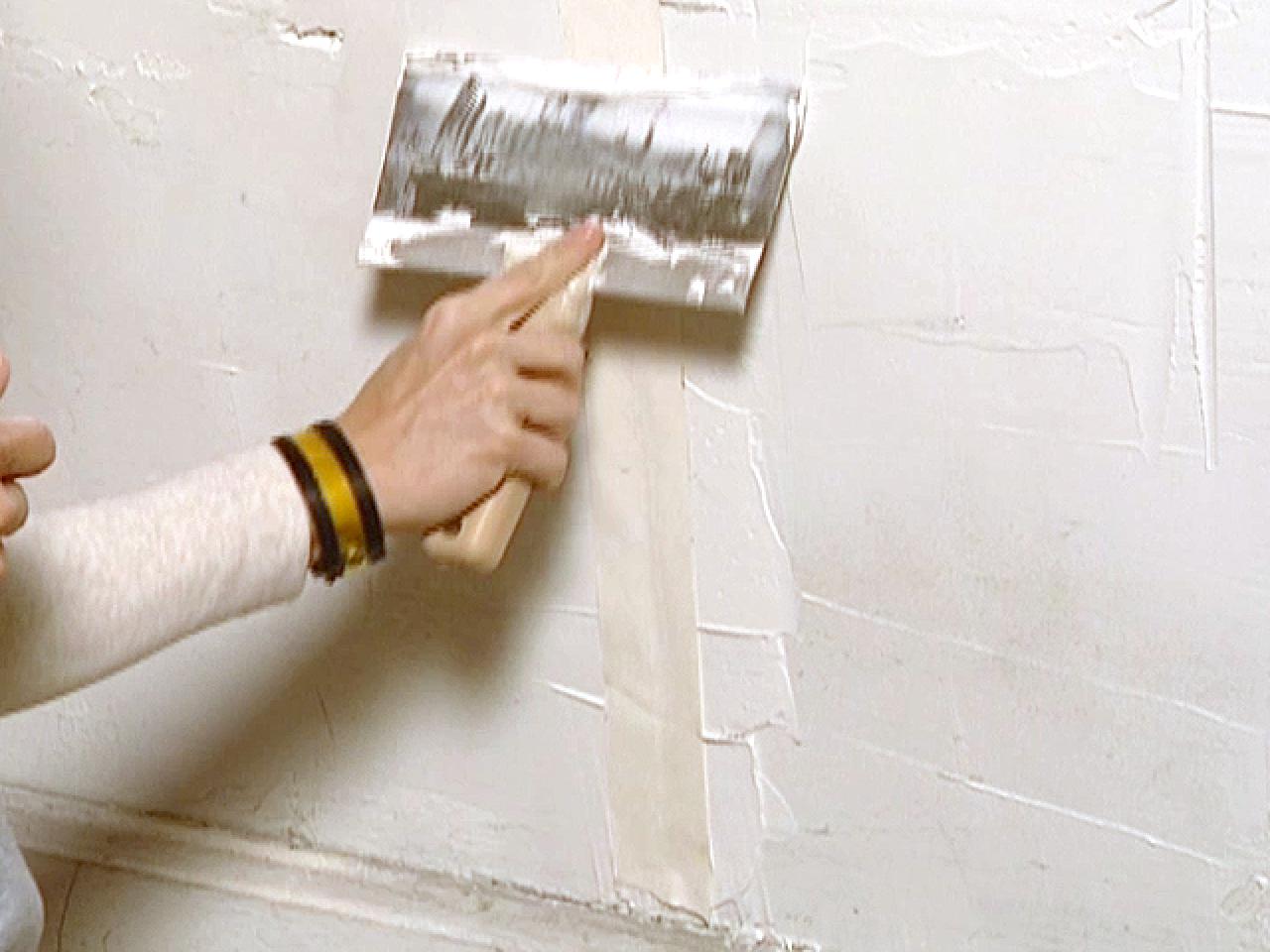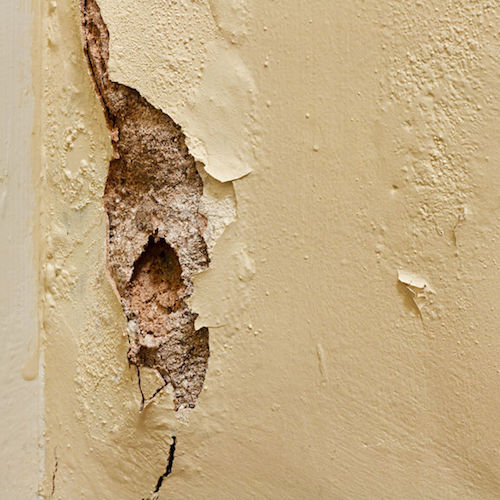How To Plaster
Then begin spreading more plaster across the mesh. The maximum thickness of undercoat plaster is 25mm.
 How To Plaster A Wall Step By Step
How To Plaster A Wall Step By Step
Mix new plaster and apply 2nd coat Trowel over your wall to remove any ripples Wait 10 mins to flatten your wall to a smoother finish Wait 10 mins to start your 1st Trowel.

How to plaster. Having pre wet the spot board pour the plaster. Scratch each coat and allow to set before applying the next. How to Plaster a Wall Wielding a trowel and a hawk requires confidence and a certain technique.
When plastering its important to get a smooth even coverage so start by applying plaster tape to cover all the joints between plasterboard sheets. This prevents any plaster from sticking to the bottom of your bucket whilst getting a decent mix to work with. The coating has to be only half as thick as normal in order to give you room to add additional layers.
You then use the float to push the plaster from the hawk onto the walls. Cement plaster is made by mixing cement and sand in the proportions required. First of all place plaster on the hawk board using the trowel.
Recommended Cement Mortar ratio for Plastering. Cement plaster is applied to both interior and exterior walls to give them a smooth surface. Apply plaster with firm pressure after the joint treatment has stiffened but not set to approximately 1mm thickness.
Making plaster with glue will make it have a slightly longer drying time but you should still work with it as soon as you finish mixing it. Make this layer about 14 to 38 in 064 to 095 cm or half as thick as the original plaster on the wall. Watch more helpful DIY videos from Wickes belowHow to Home Maintenance with Wickes.
Cement plaster Gypsum plaster and Lime plaster are the commonly used plastering materials for house constructions. Apply a second coat of plaster whilst the first coat is still wet to bring the total thickness to 2mm. I usually add a one-third of a bag of plaster first mix the plaster using the mixer then add another third whilst mixing.
Once the tape is in place use a snap off knife to trim the tape for a neat edge. Practice moving the plaster from the hawk to the trowel before you actually apply the plaster to the wall. 4 Let the plaster set for 48-72 hours.
Start by spreading plaster around the edges of the holes. Finally I throw in the final third and finish mixing. Having applied scrim tape to the joints and nail heads of the wall that you are about to skim mix the correct amount of plaster to a smooth creamy consistency making sure that ALL lumps are out and dry patches around the mixing bucket are mixed in.
Pour it into molds to form the shape you want. Stand close to the wall to avoid mess and spillage. Do this with the float close to the wall spreading the plaster firmly upwards and flattening the float at the end of each sweep.
HttppostfNQHrJHow to Kitchens with Wickes.
 How To Paint New Plaster Valspar
How To Paint New Plaster Valspar
/cdn.vox-cdn.com/uploads/chorus_asset/file/19736766/Repair_Plaster_iStock_1083608688.jpg) How To Repair Plaster Walls This Old House
How To Repair Plaster Walls This Old House

How To Plaster A Wall Step By Step And Diy Plastering Tips

 How To Patch A Wall Correctly Before Painting
How To Patch A Wall Correctly Before Painting
 How To Diagnose Common Plaster Problems The Craftsman Blog
How To Diagnose Common Plaster Problems The Craftsman Blog
How To Plaster A Wall Step By Step And Diy Plastering Tips
 Learn How To Diy Plaster A Beginner S Complete Guide Kezzabeth Diy Renovation Blog
Learn How To Diy Plaster A Beginner S Complete Guide Kezzabeth Diy Renovation Blog
 How To Plaster A Brick Wall Howtospecialist How To Build Step By Step Diy Plans Plaster Walls Diy Drywall Installation Brick Interior Wall
How To Plaster A Brick Wall Howtospecialist How To Build Step By Step Diy Plans Plaster Walls Diy Drywall Installation Brick Interior Wall
 How To Plaster A Wall With Wickes Youtube
How To Plaster A Wall With Wickes Youtube
 How To Skim A Plasterboard Wall Youtube
How To Skim A Plasterboard Wall Youtube
 How To Plaster A Ceiling Diy With Nicole Youtube
How To Plaster A Ceiling Diy With Nicole Youtube

Comments
Post a Comment